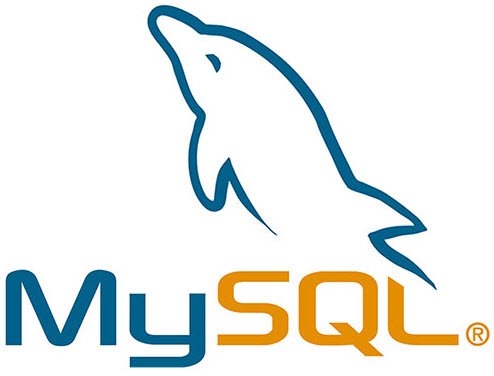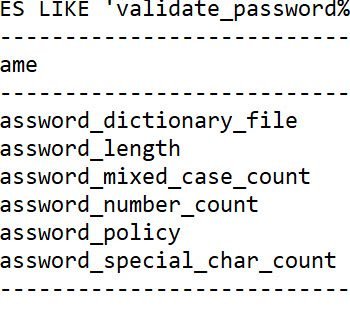 At the beginning of the year 2013, I had decided to widen my focus with related to database. I have been writing a lot about SQL Server throughout this day, but the reality is that I have been equally focused on MySQL as well. A few years ago, MySQL was a just a beginner and a bit rusty on the edges. However, the product has really come along very well in the recent times. It has excellent IDE which is MySQL Workbench and the very stable response most of the time.
At the beginning of the year 2013, I had decided to widen my focus with related to database. I have been writing a lot about SQL Server throughout this day, but the reality is that I have been equally focused on MySQL as well. A few years ago, MySQL was a just a beginner and a bit rusty on the edges. However, the product has really come along very well in the recent times. It has excellent IDE which is MySQL Workbench and the very stable response most of the time.
One of the most common requests I hear in the MySQL world is that there is not a good enough video tutorial and courses available for the technology. I decided to build courses which are easy to understand. I made sure that while I build these courses, I do not assume anything. Even if there is a small detail, I would like to cover in my course. Looking at the feedback and acceptance in the industry, I believe I have been successful in doing the same.
Here are the four video courses which I have built in the year 2013. You need a valid Pluralsight login to watch this courses. Let me know why you want to learn MySQL in command and one of the user will get FREE Access to my courses.
Course 1: MySQL Fundamental – 1
MySQL is a popular choice of database for use in web applications and is a central component of the widely used LAMP open-source web application software stack. This course covers the fundamentals of MySQL, including how to install MySQL as well as written basic data retrieval and data modification queries.
Course 2: MySQL Fundamental – 2
MySQL is a popular choice of database for use in web applications and is a central component of the widely used LAMP open-source web application software stack. In this course, which is part 2 of the Fundamentals of MySQL series, we explore more advanced topics such as stored procedures & user-defined functions, subqueries & joins, views and events & triggers.
Course 3: MySQL Indexing for Performance
Performance is one of the most essential aspects of any application. Everyone wants their server to perform optimally and at the best efficiency. Indexes are the silver bullets for Performance. In this course we will gain an understanding of the basics of Indexes and further explore practical tips and tricks for performance tuning.
Course 4: MySQL Query Optimization and Performance Tuning
Performance is one of the most essential aspects of any application. Everyone wants their server to perform optimally and at the best efficiency. In this course, we will understand the basics of query optimization and look at practical tips and tricks for performance tuning.
Course 5: MySQL Workbench Guided Tour
A detailed exploration of MySQL Workbench, a unified visual tool for data modeling, SQL development, and comprehensive administration tools for MySQL. This course will guide you through maximizing the power of MySQL Workbench and getting productive quickly with MySQL.
Course 6: MySQL Backup and Recovery Fundamentals
Data is very important to any application and business. It is very important that every business plan for data safety. Database backup strategies are often discussed after the disaster has already happened. In this introductory course, we will explore a few of the basic backup strategies every business should implement for data safely. We will explore how we can recover our server quickly after any unfriendly incident to our MySQL database.
Course 7: Monitoring MySQL with Performance Schema
The latest version of MySQL has introduced a new feature of MySQL Performance Schema, which monitors MySQL server execution at a low level. The performance schema provides internal execution details of MySQL queries at run time, and it’s minimum impact on the performance of MySQL resources. In this course, Monitoring MySQL with Performance Schema, you’ll learn how to maximize your data-based performance with the use of performance schema.
Course 8: phpMyAdmin Fundamentals
phpMyAdmin is a free and open-source tool written in PHP for the administration of MySQL via a web browser. It can perform various tasks such as creating, modifying or deleting databases, tables, fields, and rows as well as executing SQL statements or managing users and permissions. This course will guide you through maximizing the power of phpMyAdmin to get productive quickly with MySQL.
Reference: Pinal Dave (https://blog.sqlauthority.com)





1 Comment. Leave new
I can easily work on sql server and oracle but fetching difficulties in MySQL because the lack of good and straightforward tutorials that’s why I want to learn MySQL